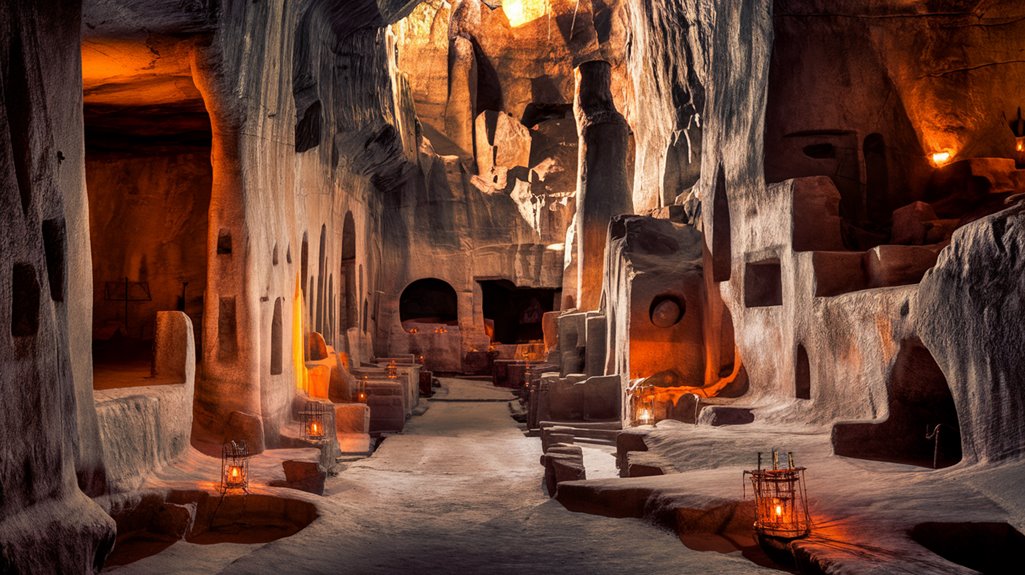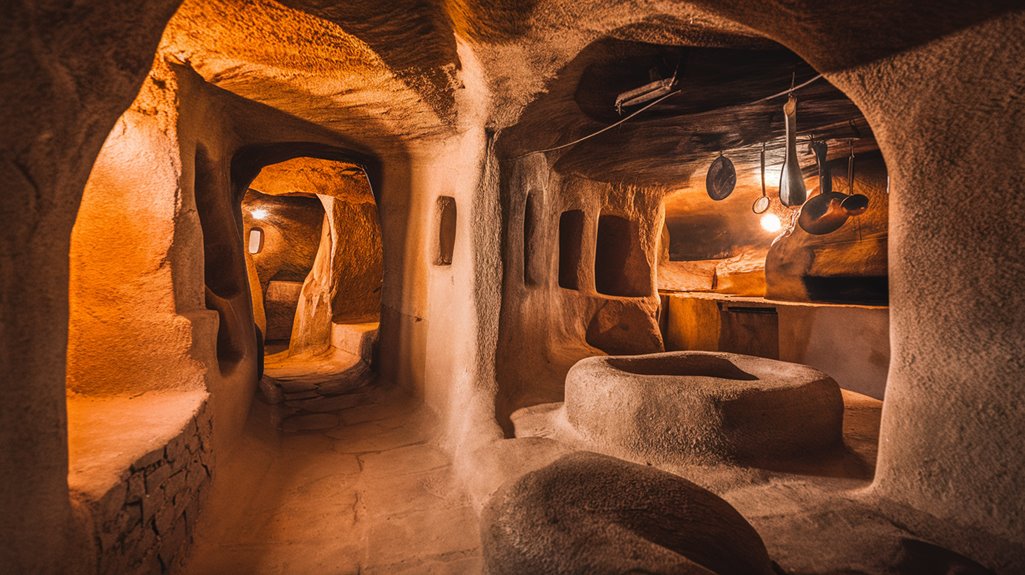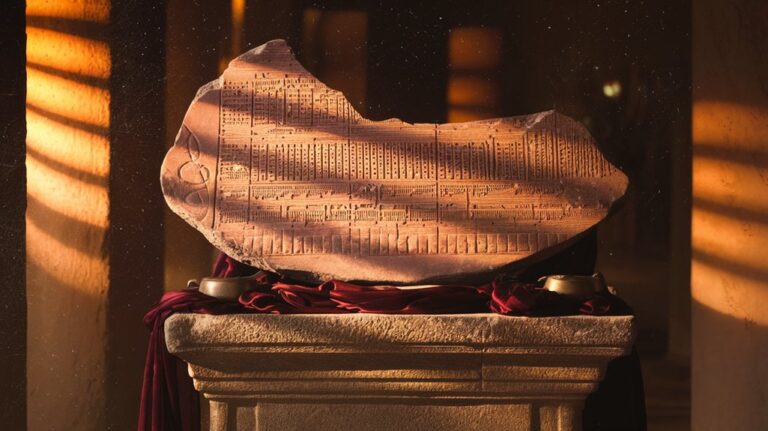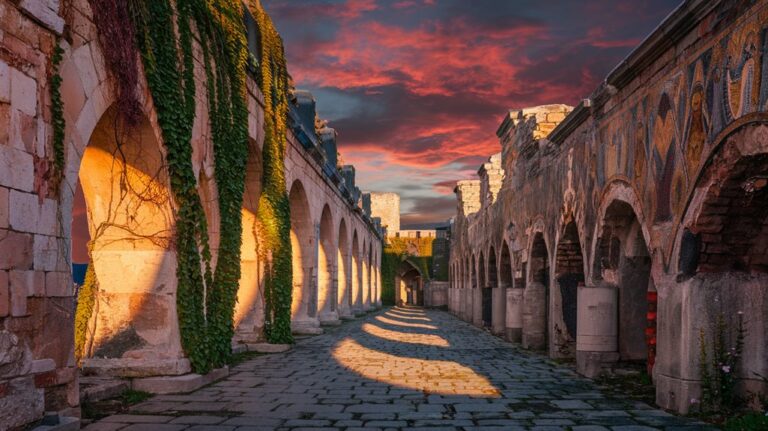An Underground City Once Housed Over 20,000 People
Have you ever wondered if ancient civilizations were more advanced than we give them credit for? You'll find compelling evidence in Derinkuyu, an underground city in Turkey that once sheltered over 20,000 people. While modern engineers marvel at its sophisticated ventilation systems and multi-level architecture, you can't help but question how its inhabitants managed such a complex living arrangement. The answers lie beneath the surface, where centuries of human ingenuity created an underground world that still holds untold secrets.
The Discovery of Derinkuyu: A Hidden Marvel in Turkey
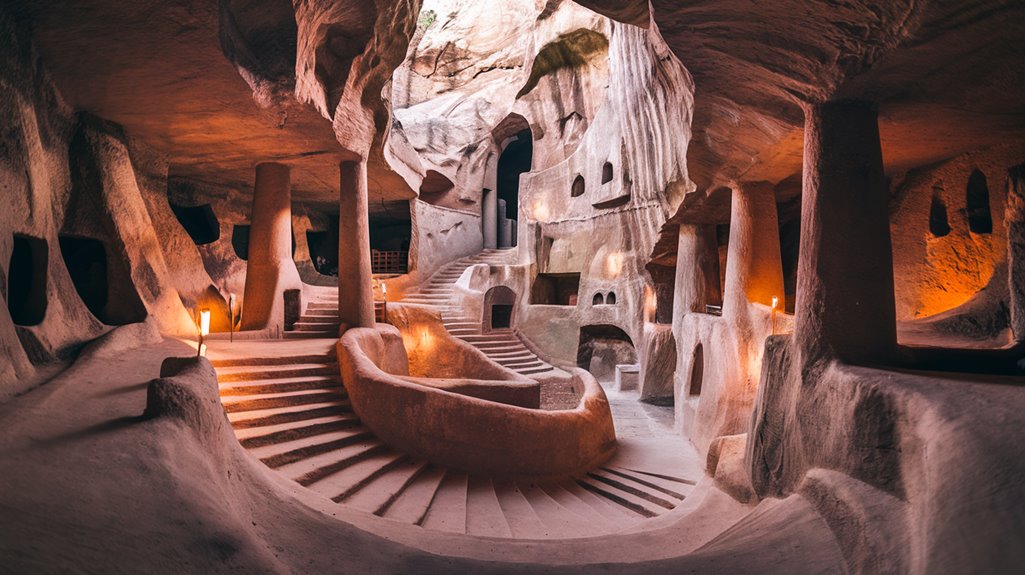
While renovating his home in 1963, a Turkish resident stumbled upon what would become one of history's most remarkable underground discoveries.
What began as a search for missing chickens led to the disclosure of hidden chambers that would reshape our understanding of ancient civilization.
You'll find that Derinkuyu's history stretches back to ancient times, with its first mention appearing in 370 BC in Xenophon's Anabasis.
Though local legends attribute its construction to the Hittites around 1200 BC, evidence suggests the Phrygians built most of the city in the 8th-7th century BC. The intricate network of caves was carved from soft limestone rock that hardened when exposed to air.
Since its rediscovery, excavations have revealed an astonishing 18 levels and more than 600 entrances.
The underground city featured massive stone doors that could seal off each section from the inside, providing protection for its inhabitants.
Engineering Marvels: Architecture and Design
The architectural brilliance of Derinkuyu extends far beyond its initial discovery. You'll find remarkable ventilation innovations throughout the city, with strategically placed air shafts that were cleverly disguised to prevent detection while ensuring fresh air reached the deepest levels. Similar to Exeter's passages which were built using cut and cover methods, the ancient engineers demonstrated exceptional skill in underground construction. Much like the advanced tunnel-boring machines used in modern subway construction, these ancient builders developed innovative techniques for their time.
Despite the structural challenges of building underground, the ancient engineers developed solutions that have stood the test of time.
- Intricate ventilation shafts run vertically through multiple levels, creating natural air circulation
- Solid rock pillars support massive chambers and living spaces
- Hidden air ducts double as emergency escape routes
- Strategic tunnel placement prevents structural collapse from ground pressure
The engineering principles used in Derinkuyu weren't just practical – they were revolutionary for their time.
Today's engineers still marvel at how these ancient builders overcame complex geological obstacles without modern technology.
Life Below Ground: Daily Living in an Underground City
Living beneath the surface in Derinkuyu required remarkable adaptations for its 20,000 inhabitants.
You'd find residents gathering in shared kitchen areas using tandoori ovens, cooking at night to prevent smoke detection. The complex community dynamics centered around communal spaces, religious gatherings in the church, and education in missionary schools. Similar to many extreme climate dwellings, the underground environment provided natural temperature regulation year-round. The city maintained a consistent 68-degree temperature regardless of the surface conditions.
Survival strategies were essential to daily life. You'd rely on an intricate ventilation system and wells that provided both water and oxygen.
While you wouldn't grow food underground, you'd have access to stables for animals and storage areas for supplies. The city's lighting system used skylights and reflective surfaces to illuminate your path.
When threats emerged, you'd quickly secure your safety using massive blocking stones in the tunnels, connecting you to other underground cities through an extensive network.
A Safe Haven Through the Ages: Historical Significance
Deep beneath the Cappadocian terrain, Derinkuyu's remarkable history spans over three millennia, from its possible construction around 2000 BC by the Hittites to its final architectural additions between the 6th and 10th centuries AD.
This representation of historical resilience served as a vital sanctuary for various civilizations, especially during times of conflict and persecution. The vast underground complex stretched across 18 stories, descending to a depth of 280 feet below ground.
Recent archaeological discoveries have revealed a network of tunnels extending over 7 kilometers throughout the region.
You'll find evidence of societal survival through:
- Early Christians and Jews seeking refuge from persecution
- Byzantine populations hiding during Arab conflicts
- Local inhabitants sheltering from Mongol raids
- Communities maintaining daily life with advanced ventilation and water systems
The city's strategic importance continued until 1923, when the local Greek population, who maintained knowledge of this underground haven, departed during the Greco-Turkish War, marking the end of its active use as a refuge.
The Cultural Legacy of Ancient Underground Dwellings
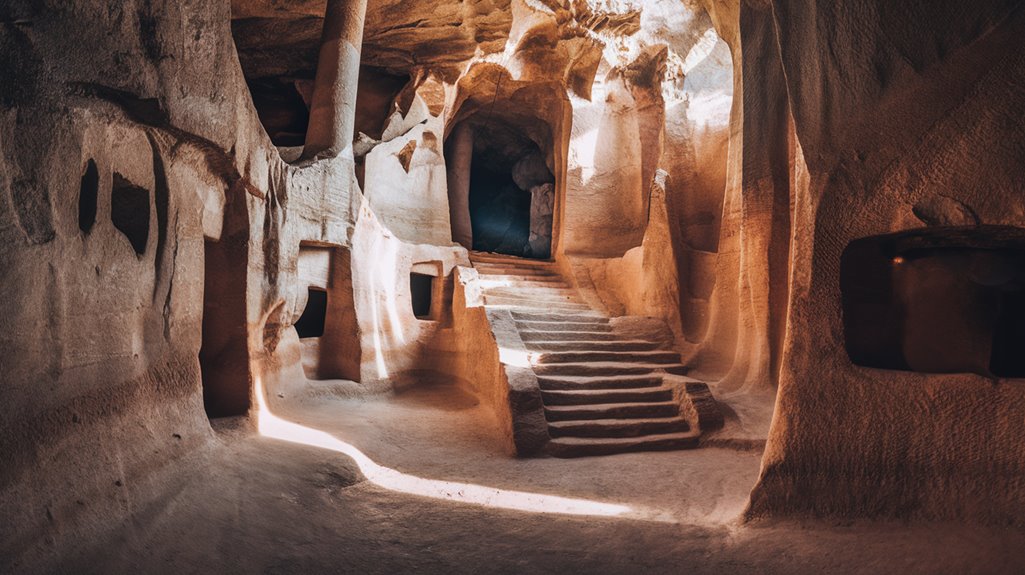
Ancient underground dwellings like Derinkuyu continue to shape modern cultural understanding, as their remarkable legacy extends far beyond mere architectural achievements.
You'll find these subterranean cities served as guardians of cultural traditions, preserving religious practices and community identity through generations of inhabitants. The National Research Council of Italy leads groundbreaking research to document and preserve these sites through bilateral agreements.
Today, these underground spaces don't just tell stories of survival – they're powerful economic drivers that strengthen local communities. Over 200 heritage experts from 30 different countries have collaborated to develop sustainable approaches for these sites.
You can see this impact in sites like the S. Gennaro Catacombs in Naples, where bottom-up valorization has empowered residents both culturally and financially.
The sites also serve as living classrooms, offering invaluable insights into historical adaptations and communal living.
Through initiatives like Underground4value, these remarkable spaces continue fostering sustainable tourism while preserving the rich cultural heritage they contain.
Preserving History: Modern Tourism and Archaeological Studies
The remarkable discovery of Derinkuyu Underground City in 1963 sparked a new chapter in archaeological research and heritage preservation.
The expansive complex features over 600 entrances connecting its vast network of chambers and passages. The city was expertly carved from soft tuff rock, making its construction possible in ancient times.

